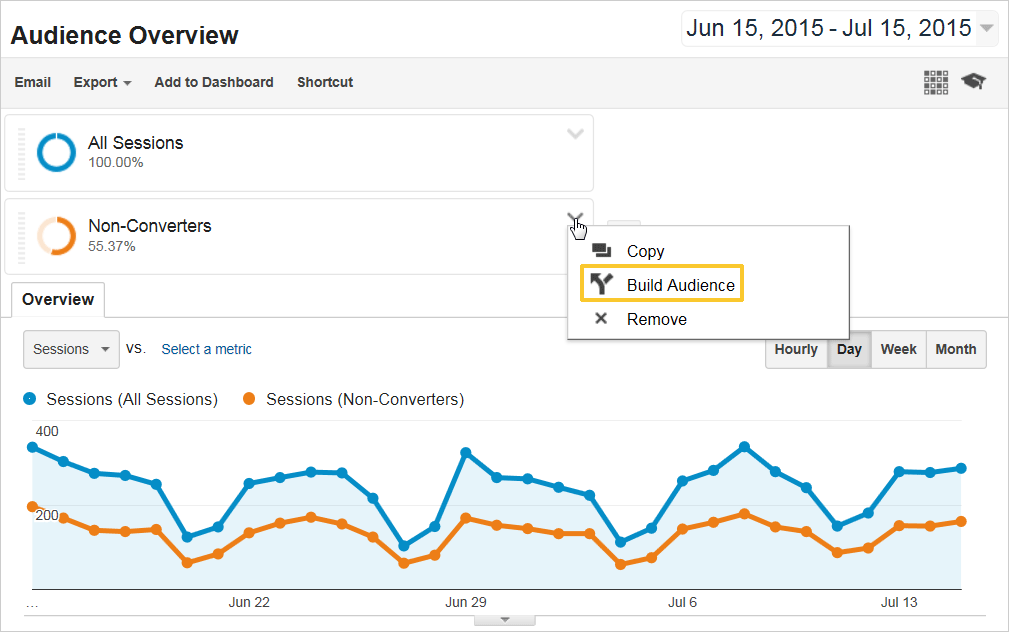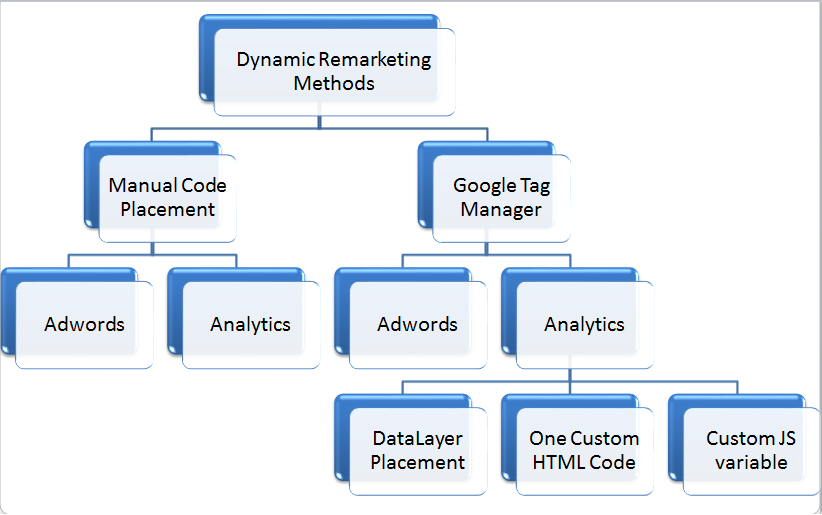A Full Guide to Remarketing In Google Analytics
A Full Guide to Remarketing In Google Analytics
Blog Article
Effective Techniques for Remarketing in Google Analytics
In the realm of electronic advertising and marketing, the world of remarketing in Google Analytics stands as a pivotal tool for businesses intending to enhance their online presence and conversion prices. Through strategic target market division, customized remarketing lists, and interesting advertisement creatives, services can craft personalized projects that reverberate with their target audience. However, the real success depends on the capability to continuously refine and optimize these strategies based on performance metrics and information insights. By checking out the subtleties of dynamic remarketing and leveraging innovative monitoring devices, organizations can open the full potential of their remarketing initiatives, resulting in boosted brand visibility and customer engagement.
Audience Segmentation
Using target market segmentation is a critical approach in maximizing the effectiveness of remarketing projects within Google Analytics. By separating your audience into distinctive groups based on their habits, demographics, or passions, you can customize your advertising and marketing messages to be more appealing and appropriate. This strategy allows you to provide tailored ads to specific segments, boosting the likelihood of conversion.

In addition, audience division assists you recognize the differing requirements and choices of various client groups, enabling you to craft even more engaging advertisement creatives and deals. This targeted strategy not just boosts the performance of your remarketing efforts but additionally improves overall project efficiency.
Establishing Remarketing Lists
To properly apply remarketing strategies in Google Analytics, the first action includes producing targeted remarketing checklists based on details target market interactions. Setting up remarketing listings allows marketers to sector their web site visitors into different categories based upon their actions, such as web pages checked out, items browsed for, or activities handled the website. By defining these segments, online marketers can then produce appropriate and customized advertisements that target these certain groups, raising the possibility of conversion.
Remarketing lists can be established utilizing various criteria such as page brows through, duration of visit, particular goal conclusions, or also certain events activated on the website. This degree of modification enables online marketers to tailor their ads to match the rate of interests and preferences of each fractional audience, bring about higher interaction and conversion prices.
Furthermore, remarketing checklists can likewise be developed based on information imported from various other sources like CRM systems, enabling much more precise targeting. By establishing these targeted remarketing lists, online marketers can properly reach out to possible consumers who have currently shown passion in their solutions or products, making the most of the influence of their remarketing projects.
Producing Engaging Advertisement Creatives
After segmenting site visitors into targeted remarketing lists based on specific audience interactions, the following crucial action is to craft compelling advertisement creatives that resonate with each segmented group's passions and choices. The performance of remarketing projects heavily counts on the ability of these ad creatives to record the focus of the target market and drive them to take the desired action.
To develop compelling advertisement creatives, it is vital to recognize the special attributes of each segmented group (What Is “Remarketing” In Google Analytics?). Tailoring the messaging, visuals, and offers to straighten with the interests and preferences of the audience can significantly enhance the possibilities of conversion. Making use of vibrant advertisements that immediately adjust web content based upon the user's behavior can additionally improve the personalization of the advertisement experience

Tracking Performance and Optimization
Effective surveillance of campaign performance and regular optimization are crucial aspects of successful remarketing strategies in Google Analytics. To guarantee the performance of remarketing projects, online marketers should frequently track vital efficiency metrics such as click-through rates, conversion prices, and return on advertisement spend. By keeping track of these metrics, marketing experts can gain beneficial insights right into the efficiency of their campaigns and determine areas for enhancement.
In Google Analytics, marketing professionals can take advantage of tools like conversion monitoring and audience division to evaluate the efficiency of their remarketing campaigns. Conversion monitoring allows marketing experts to track certain actions that customers take after clicking on a remarketing ad, giving important information on the performance of the campaign in driving desired outcomes. Audience segmentation, on the various other hand, enables marketing professionals to separate their target market into various sectors based on different criteria such as demographics, habits, and passions, enabling more targeted and personalized remarketing efforts.
Constant optimization is essential for optimizing the effect of remarketing campaigns. Marketers ought to make use of A/B screening to trying out various ad creatives, messaging, and targeting approaches to determine the most efficient approaches. By routinely examining campaign performance data and making data-driven optimizations, marketing professionals can make sure that their remarketing projects are attaining the preferred outcomes and driving conversions successfully.
Leveraging Dynamic Remarketing
Utilizing dynamic remarketing can dramatically improve the significance and impact of targeted ads in Google Analytics. This advanced method permits marketers to show customized advertisements to individuals that have formerly seen their site or used their mobile app. By dynamically displaying service or products that the users have actually shown interest in, dynamic remarketing assists to maintain the brand name fresh in their minds and encourages them to return to complete an acquisition.

In addition, dynamic remarketing campaigns can be automated and enhanced in real-time based on performance data, ensuring that the advertisements stay effective and relevant. By leveraging dynamic remarketing in Google Analytics, advertisers can create extra impactful and targeted advertising campaigns that resonate with their target market and drive outcomes.
Final Thought
Finally, effective remarketing techniques in Google Analytics involve audience division, targeted remarketing listings, compelling advertisement creatives, efficiency monitoring, and dynamic remarketing. By concentrating on customized ads, data evaluation, and constant optimization, companies can increase directory conversion prices and drive engagement efficiently. Leveraging devices like conversion monitoring makes certain that ads remain appropriate and personalized, resulting in total success in remarketing efforts.
With tactical target market segmentation, customized remarketing checklists, and interesting advertisement creatives, companies can craft personalized projects that reverberate with their target audience. Utilizing dynamic ads that immediately change material based on the user's behavior can likewise boost the customization of the advertisement experience.
Conversion tracking allows marketing experts to track specific actions that individuals take after clicking on a remarketing ad, providing useful data on the efficiency of the project in driving preferred end results.Making use of dynamic remarketing can dramatically improve the significance and influence of targeted ads in Google Analytics - What Is “Remarketing” In Google Analytics?.In conclusion, effective remarketing approaches in Google Analytics include audience segmentation, targeted remarketing read review listings, compelling ad creatives, efficiency tracking, and vibrant remarketing
Report this page